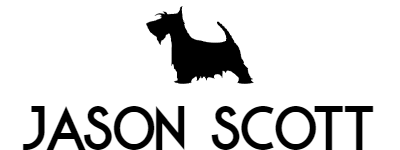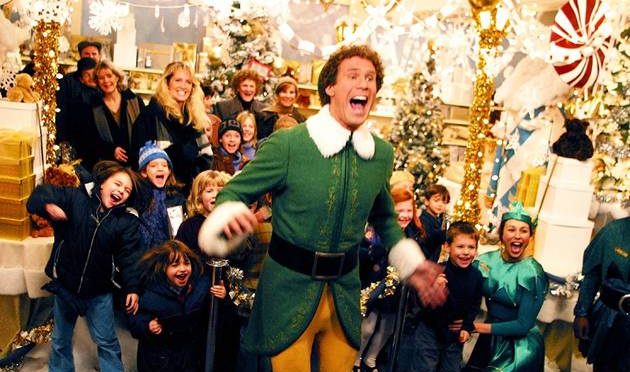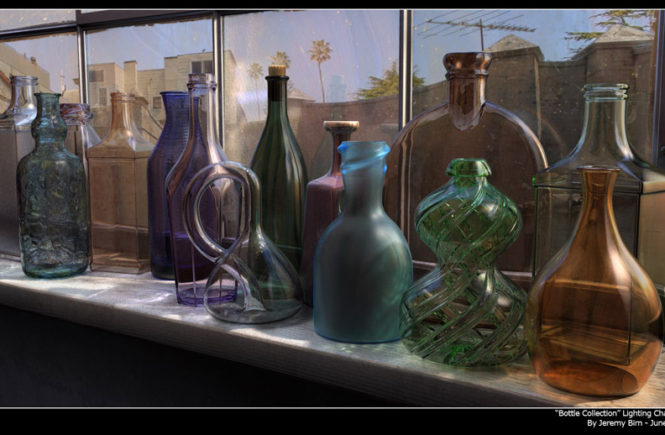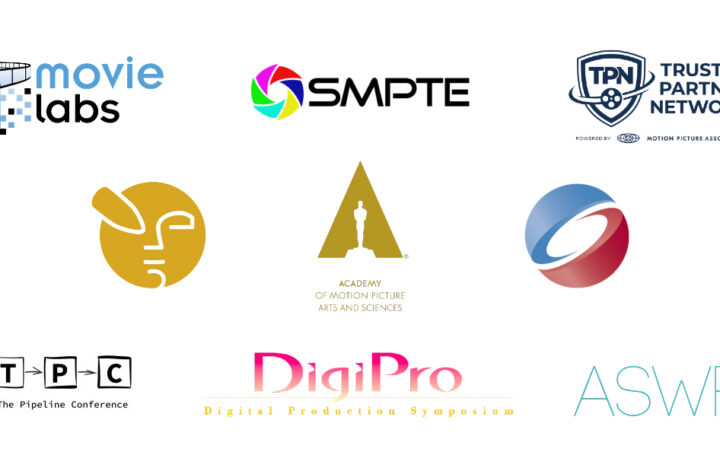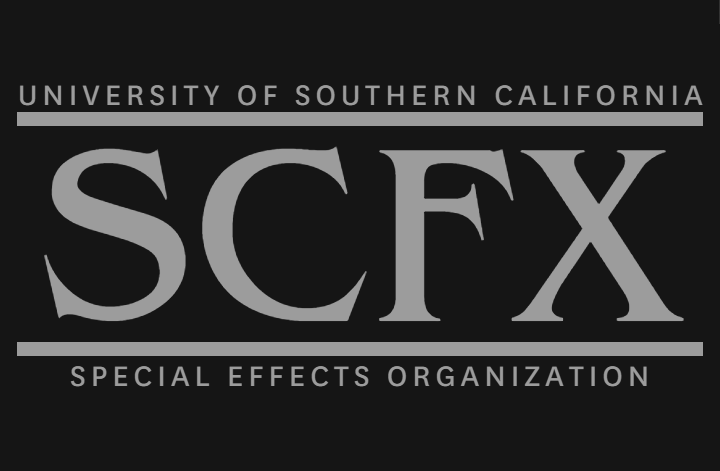My kids got to watch Elf for the first time tonight (since there’s no Thanksgiving in Australia—U.S. or Canadian—we started celebrating Christmas right after Halloween…). I’ve loved that movie ever since it came out, and it’s been a staple of my wife’s and my Christmas-movie watching every year. But every year I’m also reminded on how influential Elf is to our modern VFX history…
Here are a few reasons why I add Elf to my list of movies in a VFX-history retrospective:
- It’s Jon Favreau’s first movie with special effects (ranging from forced-perspective to stop-motion to digital). He then went on to direct Zathura (which I helped a little with while I was at Stan Winston Digital), and then on to Iron Man…and I guess you know the rest.
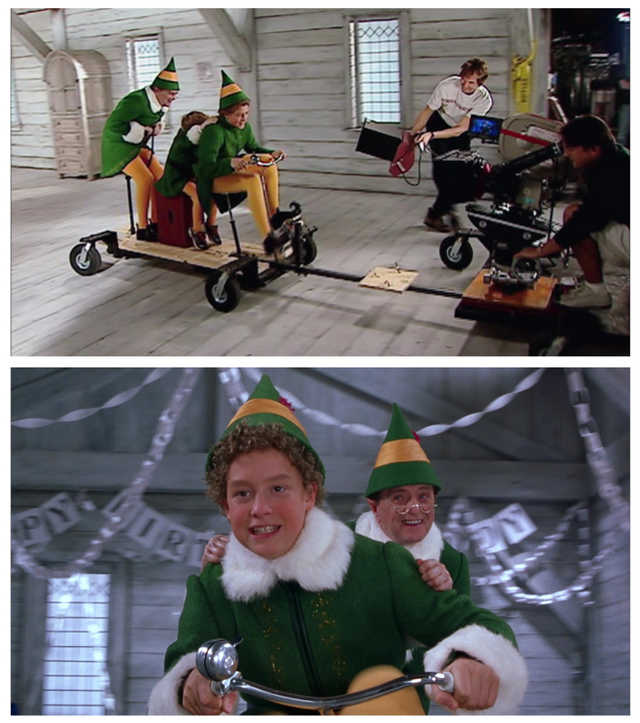
- It’s one of the last major movies to make heavy use of forced perspective (it was released the same year as The Lord of the Rings: Return of the King).
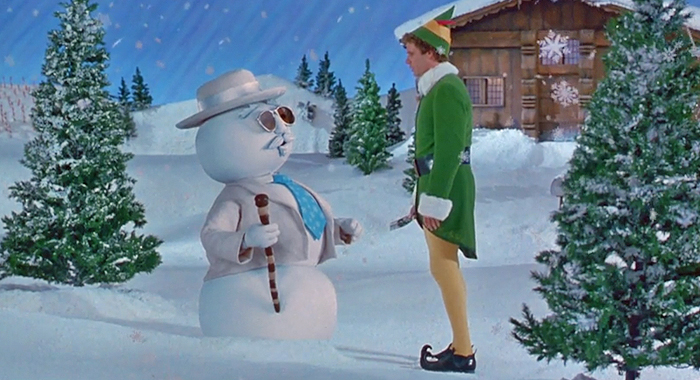
- Favreau made the film an homage to Rankin/Bass Christmas animations of the 1960s.
- It’s Ray Harryhausen’s penultimate performance, as the voice of the stop-motion polar bear cub.
- One of its main VFX vendors was Rhythm & Hues Studios (about 4 years before I got there), supervised by future Oscar-winner Bill Westenhofer and animation supervised by another future Academy Award-winner, Erik De Boer (and work by just plenty of ol’ friends of mine). Their work included the CG sleigh, reindeer, and digi-doubles.
- The movie also makes good use of VFX for snow sequences (done by Digital Dimension), matte paintings, wire removal, and the usual bevy of invisible FX work.
So, in my mind, Elf exists as a nice addition to any FX history timeline, but no matter what, it first and foremost exists as just a great movie.
Oh…and I can’t go without saying that Will Ferrell is a proud USC Trojan!
